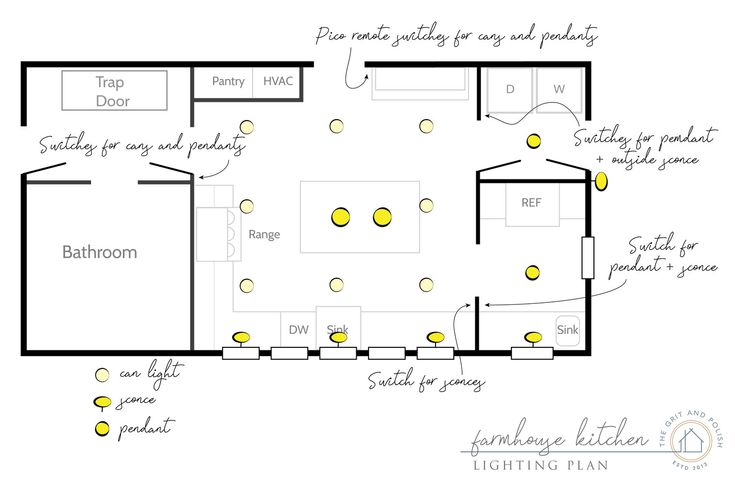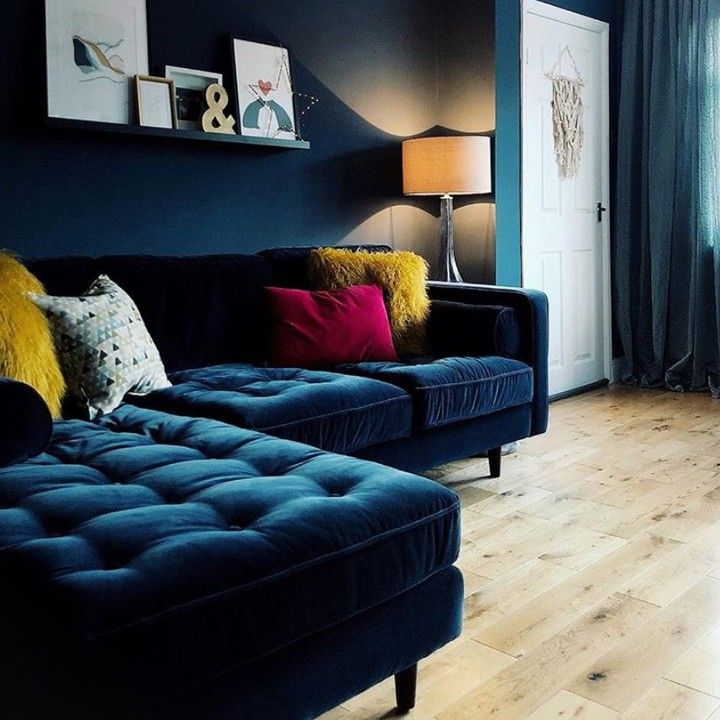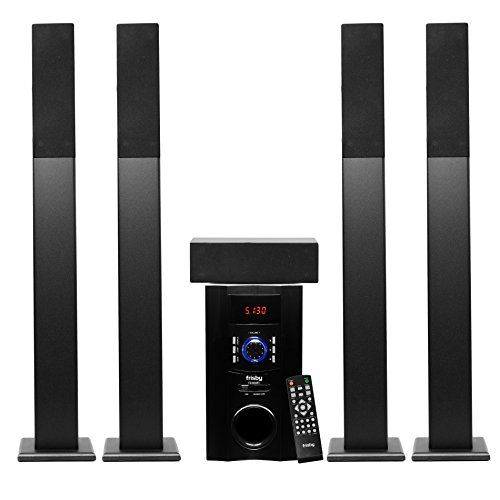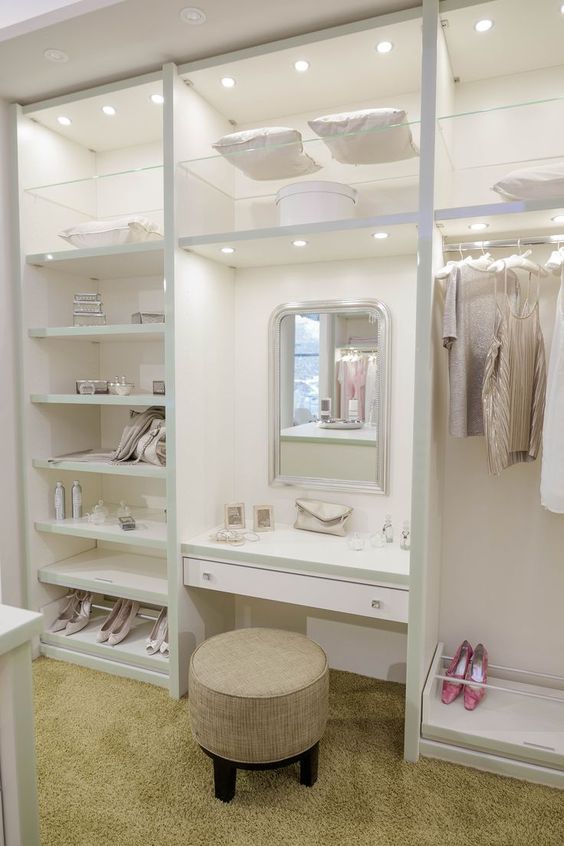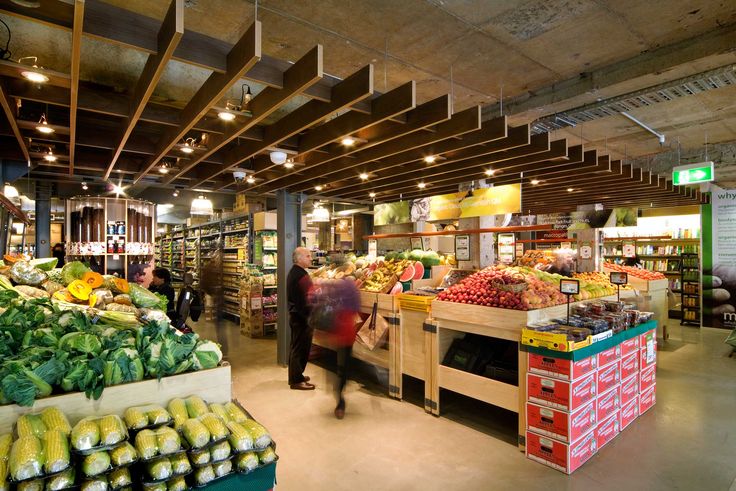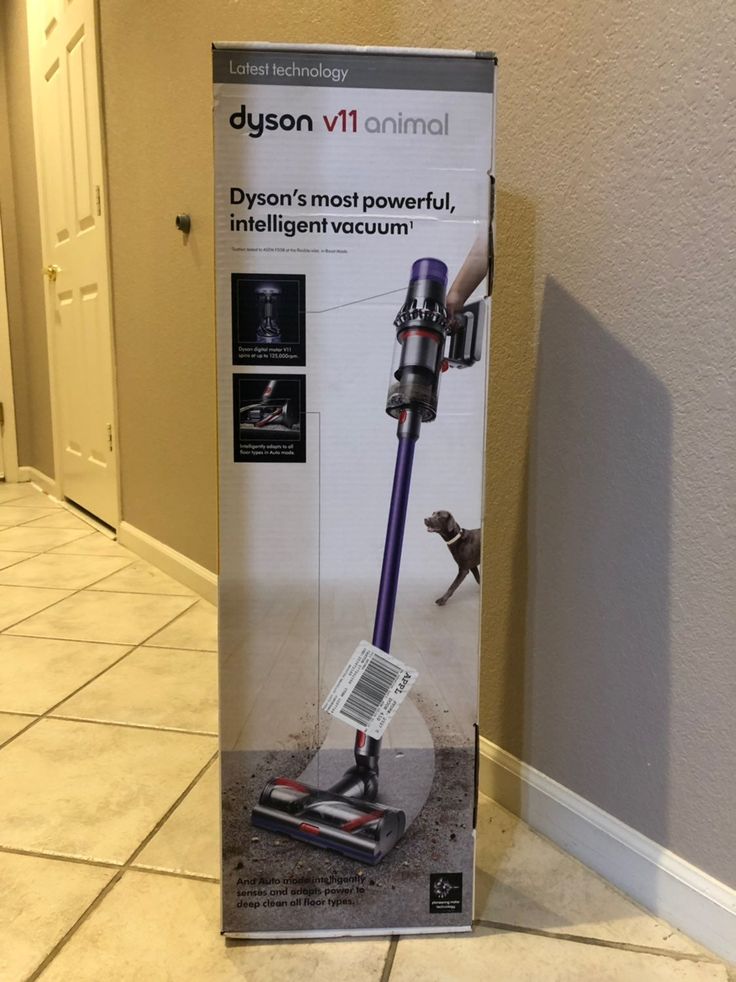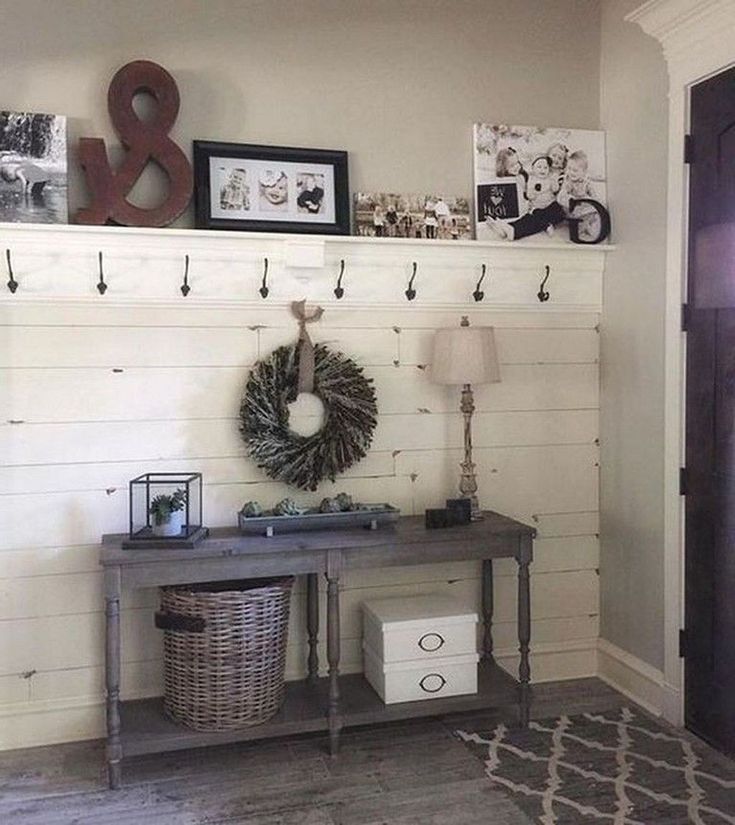How to plan home lighting
10 First Steps to Follow When Planning the Perfect Lighting For Your Home
To avoid feeling overwhelmed before you even begin, follow these 10 steps to designing your home’s lighting like a pro.
1. Establish the budget
It might seem like an obvious step, but it's amazing how quickly home projects—big or small—can put a serious dent in your bank account. To avoid a monetary setback, decide how much lighting you need, and designate the items you might want to splurge on, and other areas where you know you need to be more conscious of cost.
Creatively separating your functional needs is a key component of Good Small Design—it’s all about overlap, nesting, and double duty.
2. Pick a Theme, Genre, or Design Type
Just as you would stick to a color scheme when decorating a space, so should you consider the style and theme of the fixtures you're wishing to install. Since lighting is such an integral component of creating the mood and tone of a space, find products that speak to you and the particular space. If you have a signature style, the lighting should follow suit.
When one thinks of a chandelier, often an elaborate, shimmery fixture comes to mind. With its Industrial Chandelier, Workstead pares this idea down to capture the function of a chandelier—an overhead lighting fixture—with the simplicity of clean lines and a flexible design. The three-arm chandelier can be reconfigured into a variety of shapes, making it an adaptable piece for a many interior spaces. Structured as a horizontal fixture, the Industrial Chandelier can hang just three feet from the ceiling, or as a vertical piece, it can hang five feet for a more dramatic effect. Crafted from steel, repurposed industrial joints, and vintage Hubbell sockets, the lighting fixture has a mechanical, vintage aesthetic, while its minimalist design, exposed cords, and unshaded bulbs have an undeniably modern sensibility.
3. Layer lighting
The basic principle is to layer three types of lighting: ambient, accent and task lighting.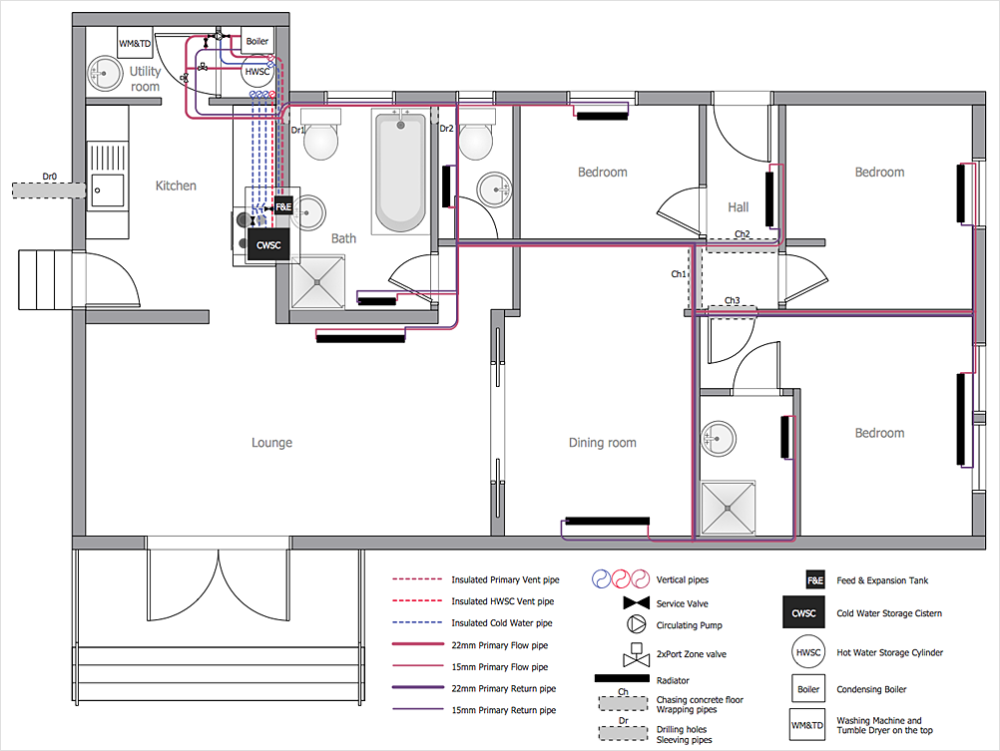 Ambient lighting is concerned with creating general illumination, occupying a more functional role. Accent lighting is often where decorative fixtures come into play, like chandeliers, pendants, and linear lighting. Task lighting also comes in many forms, providing focused lighting for work spaces throughout your home. Once all of these elements come together, the interior becomes a well-rounded (and well-lit) space.
Ambient lighting is concerned with creating general illumination, occupying a more functional role. Accent lighting is often where decorative fixtures come into play, like chandeliers, pendants, and linear lighting. Task lighting also comes in many forms, providing focused lighting for work spaces throughout your home. Once all of these elements come together, the interior becomes a well-rounded (and well-lit) space.
Jaime Hayon and his wife, photographer Nienke Klunder, and their son, Tys, has filled his home with many of his own designs, including the Bardot sofa for Bernhardt Design and the 22 chair for Ceccotti and mint-colored armoire for Bisazza Bagno.
4. Start with the statement light
Once you have a theme in mind, start with the most visible item that will define the space, like a modern chandelier or pendant (this could be one of the splurge-worthy items). From there, choosing the remaining lighting in the same style as that fixture will help narrow the search.
Barbara Hill had the overhead lighting in the kitchen customized by Rich Brilliant Willing in a pert orange that accents the primarily black-and-white interior scheme. She added a stainless steel kitchen island by Bulthaup, its glossiness and "clean feel" tempered by the plastic stacking stools designed by Konstantin Grcic for Magis. The cabinets, appliances, countertops, and marble tile were kept as-is, with the addition of several coats of white paint in order to blend seamlessly with the walls.
5. Consider the requirements of each room
Since each room has its own function, some areas should naturally be more ambient, and others more task-oriented. For example, the bedroom would do well with more accent lighting, since it's a space for relaxation and sleep. The kitchen is the area for careful tasks like food preparation—so that space demands bright, functional lighting before anything else.
In Chicago’s Buena Park, dSPACE Studio transformed a disorganized 1978 home into a bright retreat that revolves around an expanded atrium.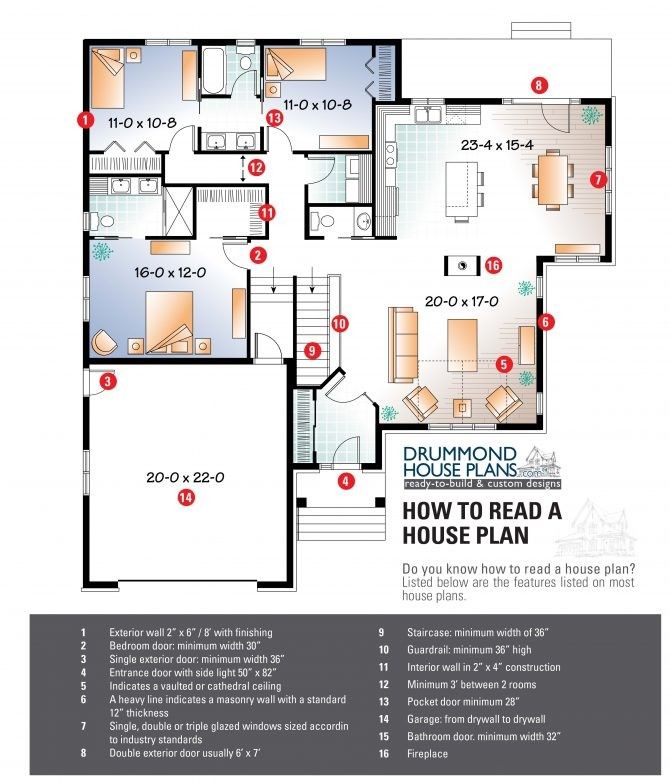 SoCo pendant lights by Tech Lighting draw the eye up to the double-height light well.
SoCo pendant lights by Tech Lighting draw the eye up to the double-height light well.
6. Be precise with measurements
Luckily, there are general and specific guidelines for sizing a fixture for a space. Once you have the basic dimensions of the space and its function, the math for finding the correct sized fixture is easily done. For example, kitchens and living rooms have different requirements; planning the lighting above a kitchen island is very different from choosing a large enough fixture to fill a living room.
Cal and Macy Deam enjoy a snack from Mom at the almost 14-foot-long walnut slab table sourced from Arborica in Marshall, California. The wood came from a tree that fell into a Palo Alto, California, street. A trio of Tom Dixon Beat Lamps provide the perfect counterpoint to a slew of black plastic Eames shell chairs from Herman Miller.
7. Get creative
We've talked about specific types of lighting for each room, but sometimes it's okay to break the rules. Think outside a product's normal function and try unexpected applications—perhaps a pendant for a bedside lamp or an adjustable wall sconce as a task lamp in the kitchen.
Think outside a product's normal function and try unexpected applications—perhaps a pendant for a bedside lamp or an adjustable wall sconce as a task lamp in the kitchen.
For a simple, low-cost bedside reading light with a dash of industrial style, Bernier ran a standard-issue cord set through a vintage clothesline pulley, which he picked up at a flea market, on Thibault’s side of the bed. "If she ever wants it to be higher, she can easily adjust it," he says.
8. Stay educated about new technology
Let's face it, LED lighting is more common than ever these days, and there are different rules when it comes to installing LED fixtures in your home. With that said, consult your contractor or electrician for the proper voltage and dimming options required for LED fixtures.
The LED lighting in the slide is just one of the high-tech elements in the house that can be adjusted from a smartphone or tablet. A computer system in the basement controls the screens in the house as well as the security and heating systems.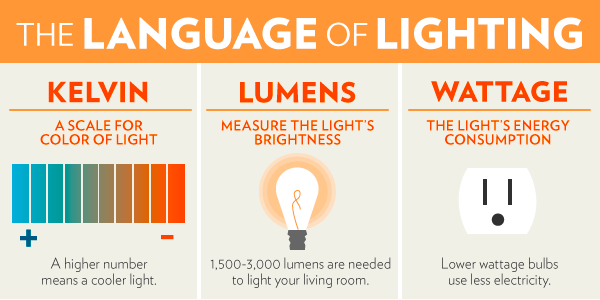
9. Consider multi-functional lights
Now that we have decorative lighting covered, it's time to get down to the nitty gritty and discuss architectural lighting (i.e. recessed, dimmers, controls, and wall plates). Since we live in the digital age, we rely on many devices that require charging. These days, there are many sophisticated wall controls and outlets that allow for efficient energy consumption, that can also power our mobile devices.
An unassuming little helper is how young Danish designer Mads Sætter-Lassen modestly describes his desk lamp, Buddy, designed for Northern Lighting. The multifunctional design includes a holder to keep pens, keys, and other small objects that are easily lost. The flexible shade, available in five matte colors, can be rotated in any direction.
10. Start designing!
The last and final step is to dive right into your home's lighting design. Getting the planning process going is often the hardest part, but with these helpful tips, you'll be installing a unique lighting scheme in no time.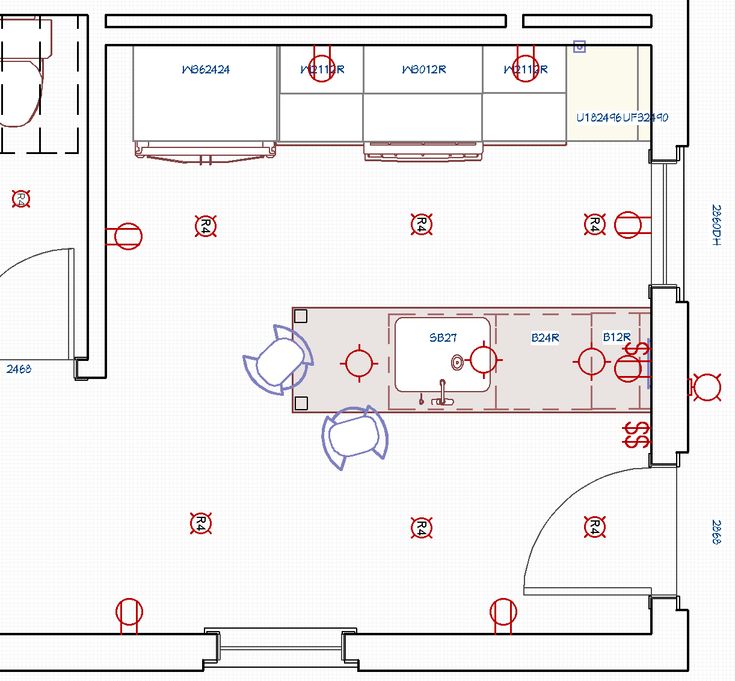
Workstead wall-mounted lamps illuminate a photo from Cloud Series by Matthew Williams. The bench is by Hugh Acton.
Published
How to design a lighting plan for your home l Expert tips
We’re the first to admit that up until a few years ago, we were completely clueless when it came to lighting. Yet the more we learn about design, the more obvious it becomes how important it is to have a well-considered lighting plan. Whether you’re simply renovating a zone of your home, undertaking a new build, or even a larger project, keep on reading for expert tips from Illumination Scientist and owner of Luxygen, James Nagel. He has dedicated his career to lighting and is one of the few people in Australia who comes so highly qualified to talk on the subject.
Related article: What height to hang pendant lights?
Related article: Light locations in a new home? Expert advice on the dos and don’ts
Up until recently we hadn’t heard the term ‘lighting plan’, tell us what these are and why they are so important.
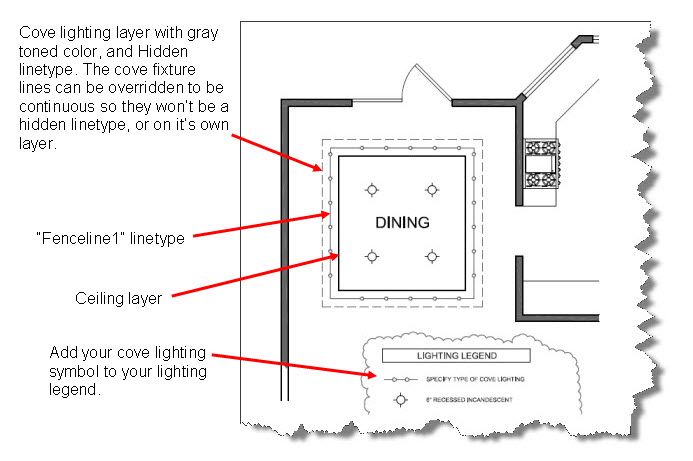
“Quite simply, a lighting plan details what types of lights and how many you will have in each zone. Generally, I’ll work from a floor plan to specify what lighting would be placed where.
The important objective in creating a good lighting plan for your home is understanding the function of each room. This way you can consider tasks performed in a space and provide functional and creative lighting.
“There are three basic layers of lighting — task, ambient and accent — and each type meets a particular need,” says James.
Can you explain more about that?
“I always start with task lighting, which means considering spaces that require specific functional lighting, some examples might include above a kitchen bench, at face level at the bathroom mirror, over desks surfaces or reading areas, and in cupboards.
“Then I consider ambient lighting, which is the overall illumination of an area. It should create visual comfort. Consider lighting ceilings and walls, a softly illuminated wall can often be a better approach than a bunch of downlights in a room.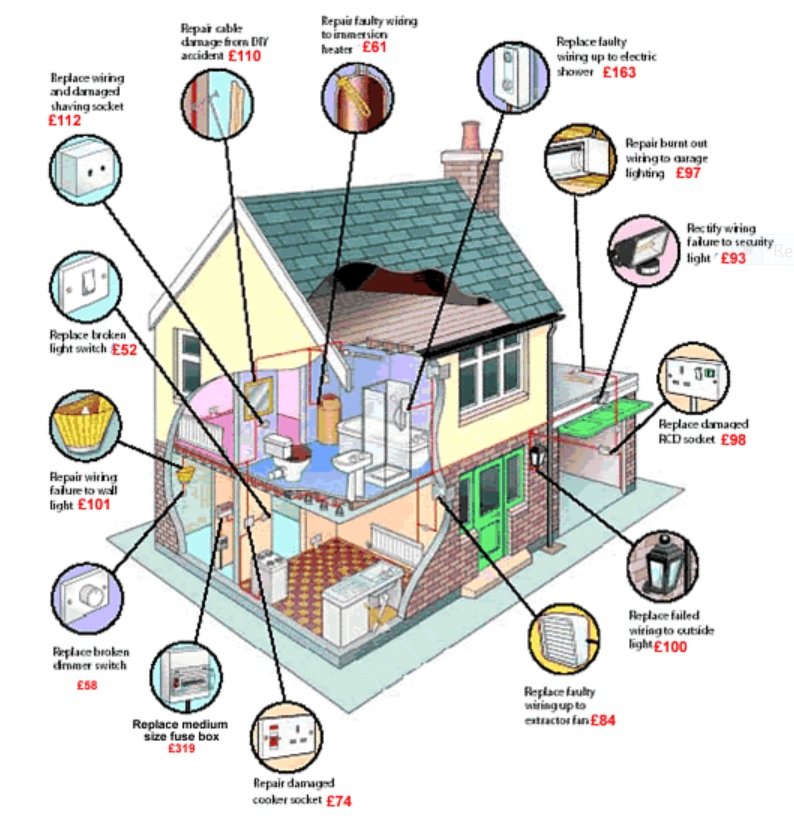
“The use of uplighting on a clean ceiling allowing the light to reflect is probably the best way in my view of achieving ambient lighting. For example, a pendant over a kitchen bench with both direct and indirect lighting would achieve both.
The final layer of lighting is accent, which adds creativity to a room.
“It draws the eye to the visual statements and allows you to get creative. Some examples might be highlighting a painting or a textured wall, or adding some colour such as lighting a tree with green light.”
Three types of lighting used in this bathroom by MINOSA via HouzzWhat are the biggest mistakes you see when it comes to residential lighting?
“Generally when people build a house, they run out of money by the time it comes to lighting and landscaping.
Many people end up just filling their houses with downlights. I guess it works, but it’s not very creative — you generally have over-lit spaces and not a lot of visual interest.
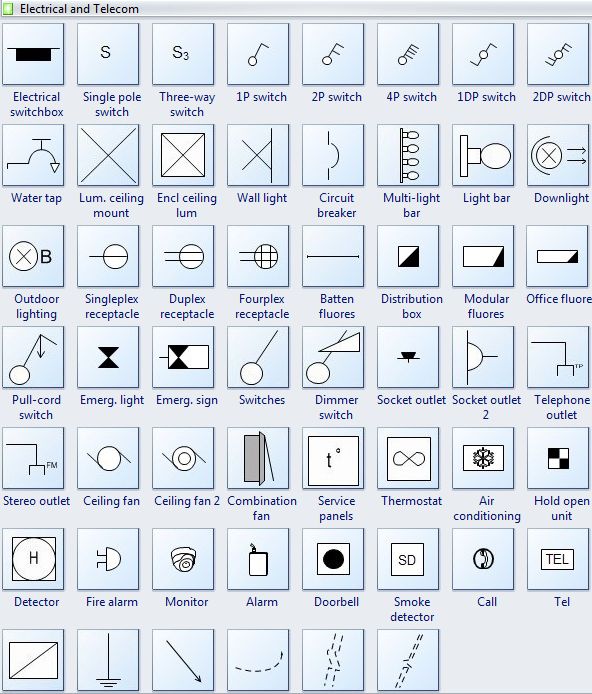
“Often people don’t consider the space well enough before they select their lights. Understanding the function of the room is important. Placement of furniture and even reflections from surfaces like mirrors should also be considered. And too often we use too much artificial light.”
Sleek and contemporary lighting at Concord residence, see the full home tour1. Draw a floor plan
James says the first step is to draw a floor plan of the area you will be lighting. Make it to scale and include detailed information like window and door positioning, and furniture placement.
This way you’ll have a true sense of the area you’re working with and can more easily determine where your lighting should be positioned and how many to include. For example, you don’t need the same spread of downlight across your full living room, rather you may like to have 2-4 above your sofa (depending on its size) so you can illuminate the area you will be sitting and use less elsewhere.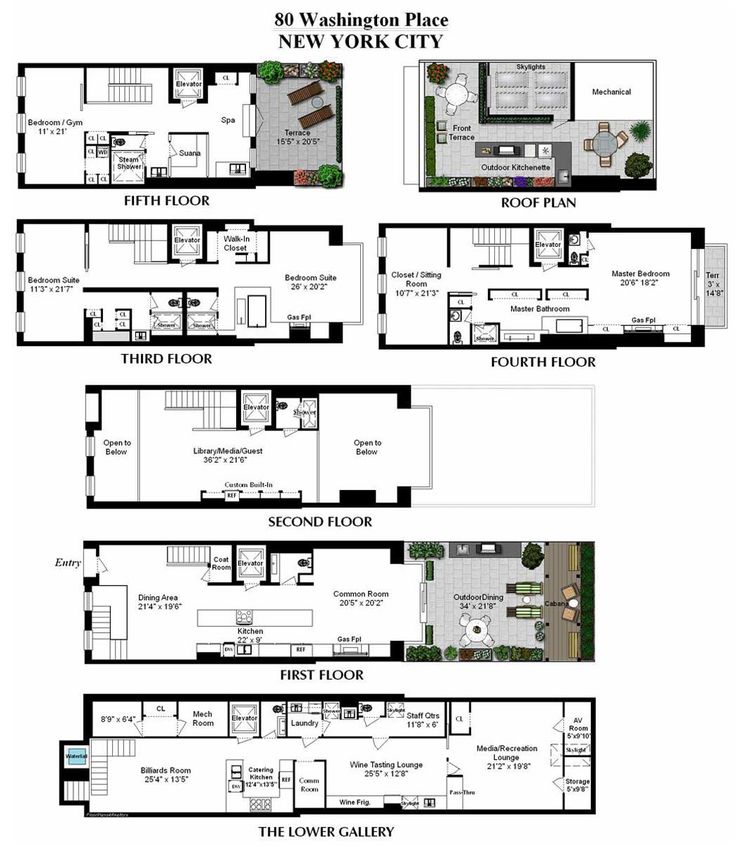 Similarly, on walls where you know you will hang artwork, you can use two wall washers (set closer to the wall) to illuminate artwork.
Similarly, on walls where you know you will hang artwork, you can use two wall washers (set closer to the wall) to illuminate artwork.
2. Think about the tasks
Before deciding on any type of lighting, you need to first ask yourself ‘What will you be using the space for?’. Lighting is first and foremost functional and you need to understand how you will use a space before deciding how much and what type of lighting you will need. You might like to mark a small x over the areas you need task lighting.
3. Add ambience and accent lighting
Once functional lighting has been locked in, you can get onto the fun part of adding ambient and accent lighting. Think pendant lights, decorative wall lights, LED track lighting, up lights, wall washers, table and floor lamps. Consider all lighting surfaces like walls and the ceiling. At this stage you’re still just designing where you want light.
4. Define a budget
The cost of lighting can vary A LOT! As soon as you look beyond mass-produced lighting, you can start adding zeros to the end of the amount you think it should cost.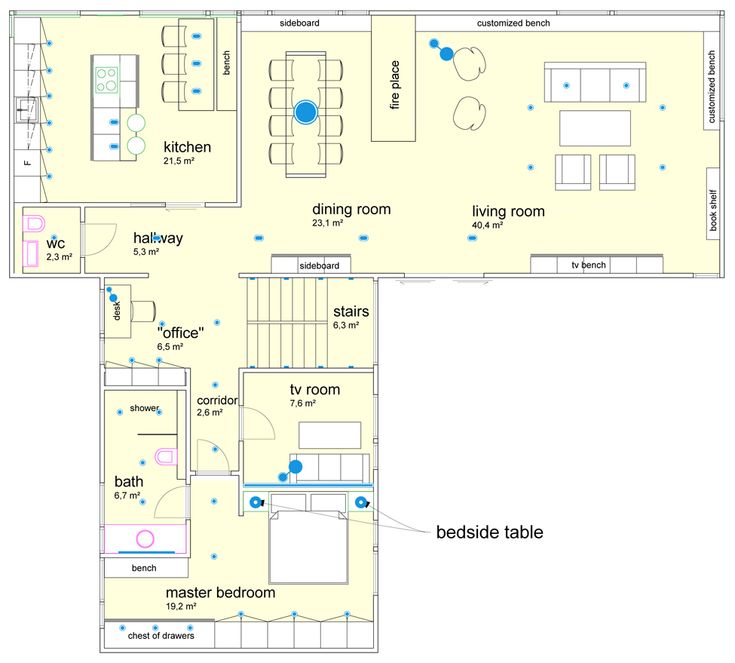
Don’t be disheartened though, it’s still possible to achieve a fabulous result with various budgets. Our tip is to create a mood board for your space or new home build, and get clear on the look you want to achieve. This will help you to identify the style of lighting that would suit and then the researching can begin! You can find save vs splurge versions of most lights on the market to achieve the look you want within your budget.
5. Select luminaires (aka light fittings)
Once you know the type of lighting you need and how many, and what your budget is, you can now get onto the fun part of selecting the light fittings! While the temptation is to often make a statement with lighting, James reminds us that “It’s not always the luminaire that should be the standout element of the space”.
There you have it! There’s more to lighting than just deciding how many downlights to put in each room.
While it’s often forgotten about, lighting can have a profound effect on the look and feel of a home. Hopefully these practical tips are helpful when you build or renovate your home. Do you have more lighting tips? Share them below!
Hopefully these practical tips are helpful when you build or renovate your home. Do you have more lighting tips? Share them below!
Check out more lighting articles
This article was first published in May 2015 and has been updated with new information and images.
How to plan your own lighting
Lighting affects how comfortable residents and their guests will feel. It determines the functionality of the room, emphasizes the dignity of the interior and can even visually enlarge the space. Proper planning is a guarantee that you will create optimal lighting in your apartment or country house.
Contents
1. Types of lighting: basic, local, decorative
2. Basic principles of lighting design
3. Lighting of various rooms
3.1. Living room
3.2 Bedroom
3.3 Children's
3.4 Kitchen
3.5 Hallway/corridor
3.6 Bathroom and toilet
3.7 Lighting for utility rooms
3. 8 Loggias and balconies
8 Loggias and balconies
4. How to choose lamps
5. Other interesting examples of interior lighting
Types of lighting: basic, local, decorative
Lighting in any room can be arranged in different ways. It can solve various problems. There are usually three types:
- basic or general;
- local or zonal;
- decorative.
The general is designed to illuminate the entire room as a whole. This approach can be called traditional. Its key principles are that the room is not divided into zones, and its illumination is carried out using one powerful light source. The embodiment of this principle is a classic living room with a chandelier, which is located in the center of the ceiling. A more modern take on basic lighting involves the use of recessed spotlights. nine0003
Local lighting extends to separate zones. It adapts to a specific location and creates:
- soft diffused light where you want to relax, unwind and feel in a romantic setting;
- directional light where you work - at your desk, next to the kitchen cabinet where you prepare food, or by the bed in the bedroom if you like to read before bed.

For organizing local lighting, spotlights and spots are well suited. In a large room, you can use ceiling and wall lights, as well as floor lamps. nine0003
Decorative lighting sets accents in the interior and emphasizes individual elements of decor. It can be used during holidays or to draw attention to paintings, photographs, sculptures or stucco. Usually it is created using wall lamps, floor lamps and sconces.
These types of lighting can be combined with each other. For example, general lighting is appropriate in the living room. But you can define several zones in it and provide local lighting in them, so that when you do not receive guests, you can use only part of the room and save energy at the same time. nine0003
Fundamentals of lighting design
There are a few basic principles that must be taken into account when planning lighting.
Firstly, every room has its own specifics, and what is good for the living room is not necessarily suitable for the kitchen.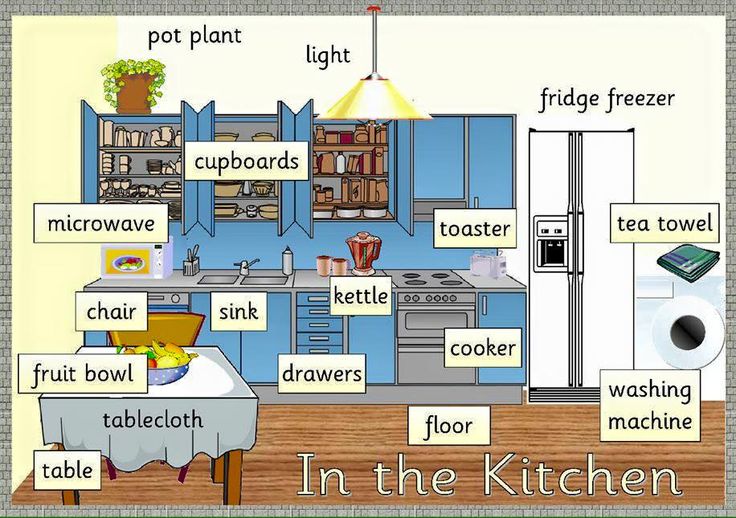 We will tell you more about this.
We will tell you more about this.
Secondly, lighting fixtures should harmoniously fit into the interior. An industrial-style spot is unlikely to be appropriate in a living room, the interior of which is designed in the spirit of the classics. Accordingly, a chandelier with many crystal pendants is not suitable for a loft. nine0003
Thirdly, it is necessary to take into account the power of lighting devices. It is important that, in combination with the household appliances, video and audio equipment you use, it does not put an excessive burden on the electrical network.
Fourth, note that the lamps create different light - soft and diffused or directional. For example, to organize general lighting, you will need a powerful lighting device, during which shadows and glare are not formed.
Zonal lighting also requires clear light without glare, but it should be point, directional, covering only a clearly defined area. Luminaires that cast shadows and highlights are well suited for decorative lighting.
Fifth, it is necessary to take into account the power of the light flux. This parameter is measured in lumens (Lm). Another important indicator is illumination, it is measured in lux (Lx). 1 Lx \u003d 1 Lm / m². Based on this formula, if a lamp with a luminous flux of 100 Lumen illuminates 1 m², then the illumination will be 100 Lux. nine0003
There are basic norms for the illumination of residential premises:
- living room, bedroom - 150 Lx;
- children's - 200 Lx;
- home library or study - 300 lx;
- bathroom, corridor - 50 Lx;
- kitchen and other utility rooms - 75 Lk.
This is taking into account the height of the ceilings up to 3 meters. If the ceiling height is from 3 to 4 meters, the indicators should be multiplied by 1.5, and if it is more than 4 meters - by 2.
It turns out that to illuminate a 20-meter living room with a standard ceiling height, 3000 Lx will be needed. Accordingly, we need lamps that create a luminous flux of 3000 Lm.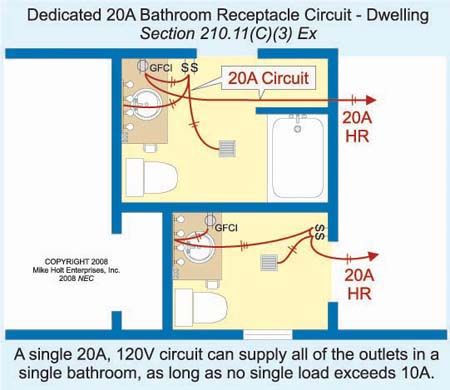
For example: a 10–12 W LED lamp provides up to 1000 lm. Therefore, three, and preferably four of these lamps will be enough for you to provide the optimal level of illumination.
Sixth, do not forget about natural light. There are windows in the living rooms and the kitchen, but, as a rule, they are not in the hallway and corridors. In the bathroom and bathroom, they are rare. In those rooms where there is no natural light, artificial should be given more attention. nine0003
Seventh, the color temperature of the lamps should be taken into account. Now we use not only incandescent lamps, which give a characteristic yellowish light. Moreover, such light bulbs are becoming a thing of the past, they have been replaced by LED light sources, and their color temperature may be different. This is the first:
- warm white - suitable for relaxation, creates a cozy atmosphere;
- cold white is the best solution for work; nine0026
- neutral white - for relaxation and communication.
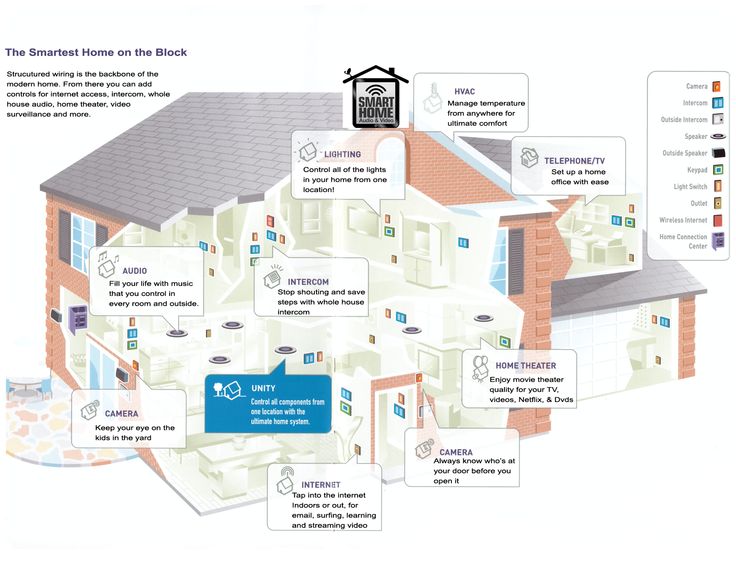
Lighting for various rooms
As mentioned above, each room has its own specifics, and there is no one universal solution. This must be taken into account when planning lighting. For each room, it is necessary to think over lighting scenarios. Answer the question, what exactly are you doing in this or that room. Based on this, it is necessary to select lighting fixtures
Living room
This room needs general lighting. You will need it if you need the whole room - for example, you have guests gathered, or you are cleaning. You can install a single fixture in the center of the ceiling or use a system of lighting fixtures that are evenly spaced across the ceiling.
The optimal light for general living room lighting is neutral white. It does not tire the eyes and does not make the atmosphere too intimate.
But the living room is a multifunctional room that can be divided into zones. Here you are, for example:
- watch TV;
- sit in an armchair with a book;
- play with children;
- arrange family dinners on weekends.
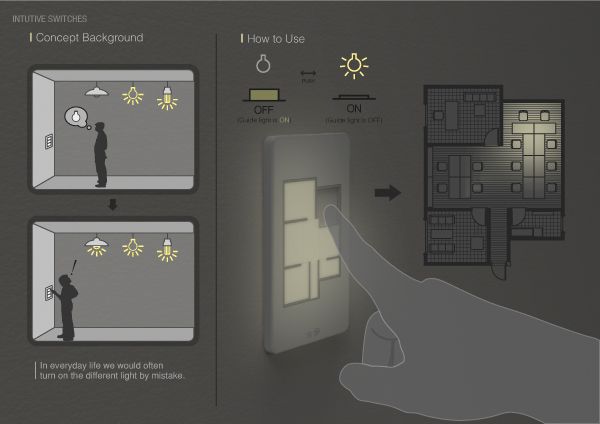
Therefore, it is possible to provide local or zonal lighting. Next to the chair in which you read, a wall lamp or a floor lamp would be appropriate, an alternative option is a bedside table with a table lamp. In the area intended for watching TV, you can place a wall lamp or LED strip. nine0003
Decorative lighting is also useful in the living room. Sconces, wall lamps, spots and LED strips will help emphasize the dignity of the room and unobtrusively draw attention to the most interesting elements of its design.
Bedroom
Here you need a soft light that does not strain your eyes. Therefore, it makes sense to choose lamps with a color temperature of about 2700-3000 degrees Kelvin. It is a warm white light that creates a pleasant relaxing atmosphere. nine0003
The classic bedroom lighting scheme is:
- ceiling lamp;
- wall lamps or headboard sconces in case you like to read before bed - you can use a table lamp instead.
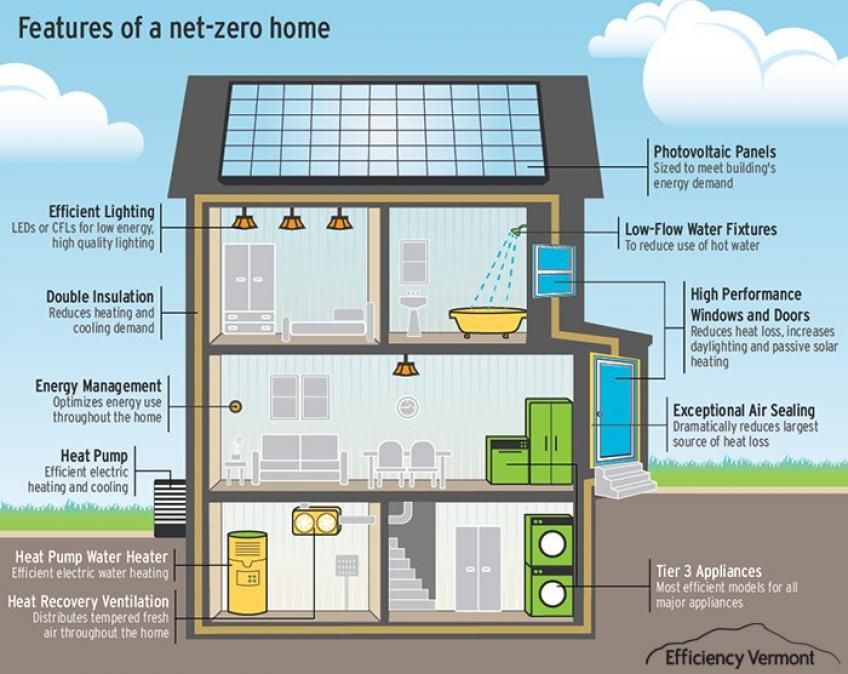
In this room, there is no need to chase brightness, on the contrary, the illumination may be even less than that established by the standards.
If the room is small, you can even abandon the main lighting and limit yourself to zonal lighting. Don't forget to light up the place where the bed linen is stored so that you don't have to look for it in the dark. nine0003
Today, there are LED lamps on sale, which change both the color temperature and the color of the glow. This allows you to simulate a natural increase in brightness, as if your own little Sun is rising in the bedroom. It is believed that such lighting devices correspond to the natural biorhythms of the human body and help you get out of bed in a good mood and with a reserve of vigor.
Children's
The nursery is a multifunctional room, so here, as in the living room and bedroom, you can create basic and zonal lighting. nine0003
Lighting should be good, bright, so that the child does not have to strain his eyes. It was not in vain that it was said above that the illumination standards for this room are even somewhat higher than for many others.
It was not in vain that it was said above that the illumination standards for this room are even somewhat higher than for many others.
The central element is a lamp on the ceiling. This is especially important if a small child lives in the room: floor lamps, sconces and everything else that he can reach and that he can knock over must be excluded.
A child who is studying at school or is already preparing for it needs a zone for learning and creativity. This is where a table lamp or LED lamp, or a strip attached to a wall or on top of a table, comes in handy. nine0003
Small children will need a night light. It's a functional light that helps you fall asleep, calms someone who's afraid of the dark, and gives parents the ability to quickly find a change of clothes for their baby, as well as an important decorative element. Modern nightlights can play melodies or project an image on the ceiling, but there is no need to chase for a lot of additional features - you risk overpaying for something that you will not use. nine0003
nine0003
For decorative lighting, you can use wall garlands, fixed so that a small child can definitely not reach them. Their soft light not only brightens the room. It will come in handy in the dark if you need to quickly find something without bumping into furniture.
Kitchen
This room also needs basic and zonal lighting. But when designing them, a lot depends on the area of \u200b\u200bthe kitchen and how you use it: it's one thing if you have a separate dining room, and here you only cook, and quite another if the room is also used for breakfast, lunch and dinner. nine0003
In any case, a central light is needed. It is better if it does not hang too low: firstly, an extra item will interfere with walking, and secondly, it increases the likelihood that grease splashes on it and it will need to be cleaned frequently.
If the kitchen is spacious, it has a dedicated dining area, it is worth placing pendant lights there. They will help create an atmosphere of home comfort.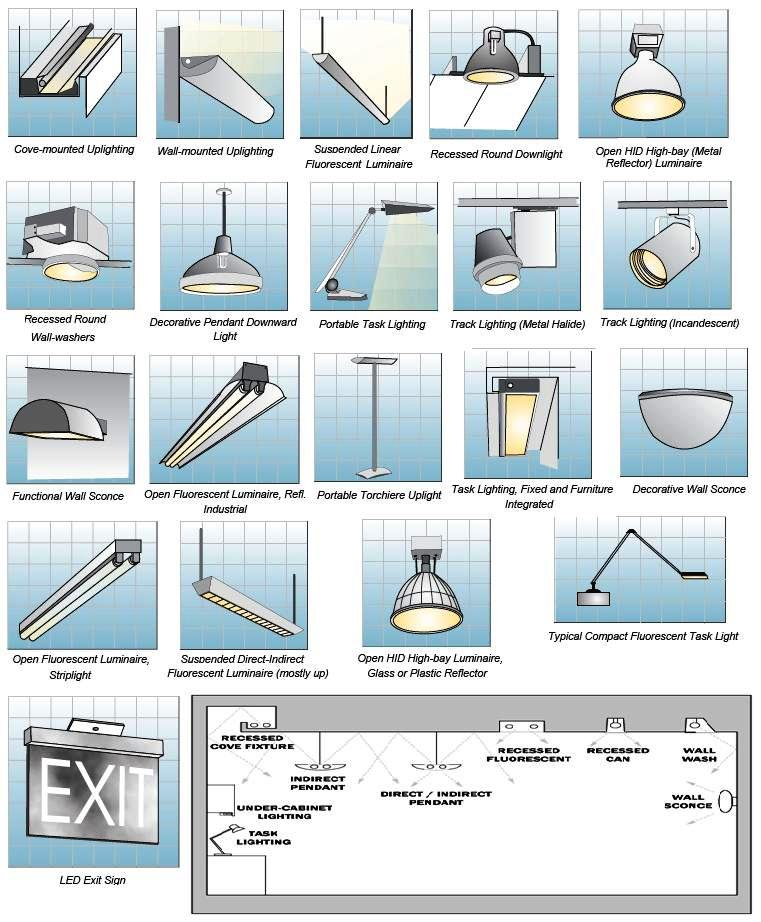
Be sure to illuminate the work area. It is organized with the help of devices that create a directional light flux. It is advisable to use neutral or cold light, which will help you focus on cooking. It will be provided by sconces, wall lamps, as well as LED tubes and strips. nine0003
Hallway/corridor
These rooms have two main features:
- lack of natural light;
- a relatively small area - not in all apartments and country houses, of course, but in many.
The lack of natural light must be compensated by artificial, especially in the hallway. There should be a bright lamp here, and in case someone returns late from work and does not want to disturb the household, an additional source of soft, dim light can be provided. nine0003
Another important element is the backlight of the mirror.
In small hallways and narrow corridors, it makes sense to install lighting fixtures on the ceiling. In extreme cases, you can use flat wall lights.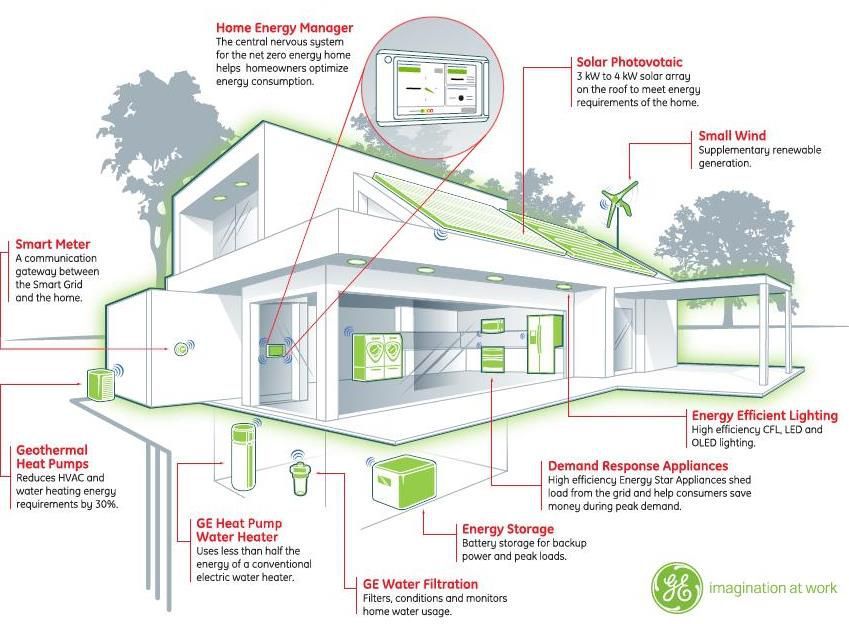 If there is a relatively large amount of space, a good option is to combine the main lamp on the ceiling with wall sconces. Built-in spotlights are also suitable.
If there is a relatively large amount of space, a good option is to combine the main lamp on the ceiling with wall sconces. Built-in spotlights are also suitable.
Bathroom and toilet
Much here depends on whether the bathroom is combined or separate, as well as on its area. nine0003
In a combined bathroom, it is better to provide local lighting: separately in the toilet and bath areas, as well as lighting next to the sink.
If the toilet and bath are separate and small, it will be enough to install a ceiling lamp in each of these rooms.
The spacious bathrooms are illuminated next to the sink, you can install a mirror with built-in LED lamps.
It is also recommended to provide separate lighting only in the bath area. nine0003
Utility room lighting
In dressing rooms, pantries, niches used for storing things, lighting is also necessary. If you look for clothes, shoes or something else in the dark, you will spend a lot of time and you may simply not find the thing.
In utility rooms it is better to use a source of cold or neutral light. The best solution is LED lamps. These can be classic ceiling or wall lights, as well as LED strips or similar devices that are mounted on shelves or doors. nine0003
They can be used in conjunction with door open/close sensors to eliminate the need for switches while making sure that when you are not using these lights, they are not working and not wasting energy.
It’s not worth chasing brightness in the back rooms, but consider the area of \u200b\u200bthe dressing room or pantry and how many things are stored in it.
Loggias and balconies
If you want to create permanent lighting for a loggia or balcony, be sure to take into account whether such a room is open or closed. On an open balcony, it is necessary to use lighting devices that are protected from negative external influences, especially from moisture. Dust and moisture protection are regulated by the IP standard, in which the second digit after these letters indicates how the lighting device is not afraid of water.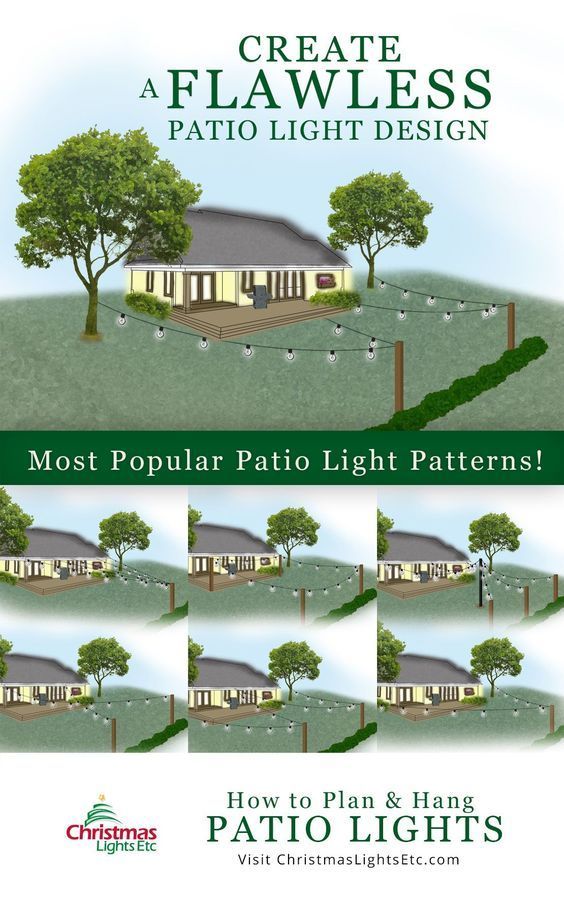 The higher it is, the better, and devices with at least IPX4 protection are suitable for a balcony. nine0003
The higher it is, the better, and devices with at least IPX4 protection are suitable for a balcony. nine0003
The choice of lighting for the loggia and balcony depends on their area, as well as on the purpose for which you plan to use them. Ceiling and wall lamps, sconces, garlands and LED strips, as well as table lamps are suitable here. Floor lamps and classic chandeliers are only appropriate if you have enough space for them.
How to choose lamps
There are several types of lamps on sale today, each of which has its own characteristics, pros and cons. nine0003
Classical incandescent lamps are currently practically not used. Their only advantage is their relatively low cost. At the same time, they create a specific yellowish light, quickly fail and consume a lot of electricity.
Mercury energy-saving lamps are also a thing of the past. They have a relatively low energy consumption and serve the owners for a long time, but they are heavy and difficult to dispose of.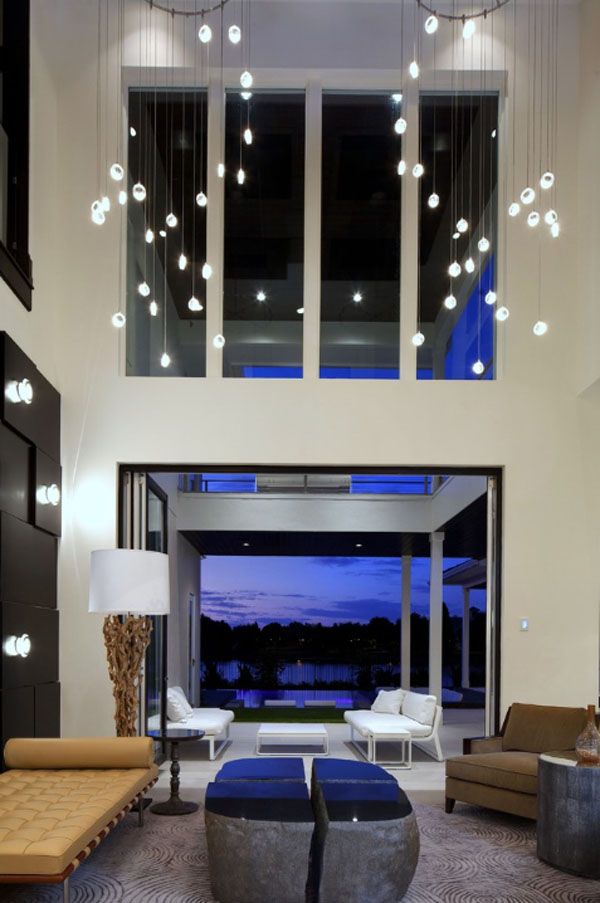
In modern lighting, halogen and LED lamps are commonly used. nine0003
Halogen bulbs are an advanced version of traditional incandescent bulbs, only a buffer gas is added to their bulbs. This increases brightness and lifespan.
LED bulbs are the best option. They are relatively expensive, but their prices are constantly declining.
At the same time, they have many advantages:
- variety of shapes
- low power consumption; nine0025 long service life, which is measured in tens of thousands of hours;
- easy disposal.
Many LED lamps are designed so that the owner can adjust their brightness, color temperature and even the color of the glow. This is done using a remote control or a smartphone app.
The main parameters to consider when choosing lamps:
- base type - it must match the lighting fixtures in which you will install the lamp; nine0026
- luminous flux power - above we talked about how to determine how many lamps you need to get the optimal illumination of the room;
- color temperature - cold, neutral or warm light.

Other interesting examples of interior lighting
Modern technologies allow to find original solutions. You can, for example, use spotlights not only for zoning a room, but also as decorative lighting. For example, as shown in the photo - here such lamps draw attention to the picture. nine0003
In the bathroom, you can highlight the mirror by installing a lighting fixture not above it, but behind it. This is done using an LED strip - this creates a diffused light, and your reflection in the mirror looks more realistic, without the effect of aging.
Track lights not only highlight functional areas, but also make it possible to concentrate light where it is needed at the moment.
Get creative with your lighting planning challenge, but keep in mind the basic principles outlined in this article. This approach is sure to bring you success. nine0003
Garden lighting tips and tricks
Shopping
At dusk, even the coziest garden loses its appeal. To be in the evening garden was as pleasant and safe as during the day, you need to plan its lighting. When starting a project, it is important to take into account the lifestyle, age and preferences of the owners of the garden. It is necessary to determine where the most actively used zones are located and at what time of the day they will be most involved.
To be in the evening garden was as pleasant and safe as during the day, you need to plan its lighting. When starting a project, it is important to take into account the lifestyle, age and preferences of the owners of the garden. It is necessary to determine where the most actively used zones are located and at what time of the day they will be most involved.
Garden bar, Delta Light
Kix by Delta Light, www.deltalight.com
Good luck, Artemide
There are four main types of garden lighting: functional, security, decorative and architectural. Start with the most important - functional. Its main purpose is to ensure the safety of people on the site. Accompanying lighting is placed along paths, stairs, fences, at the entrance to the site, to the house, on the border with water, etc. Lighting helps protect people from accidental falls and injuries. nine0003
Ciclope Lights by Artemide, www.artemide.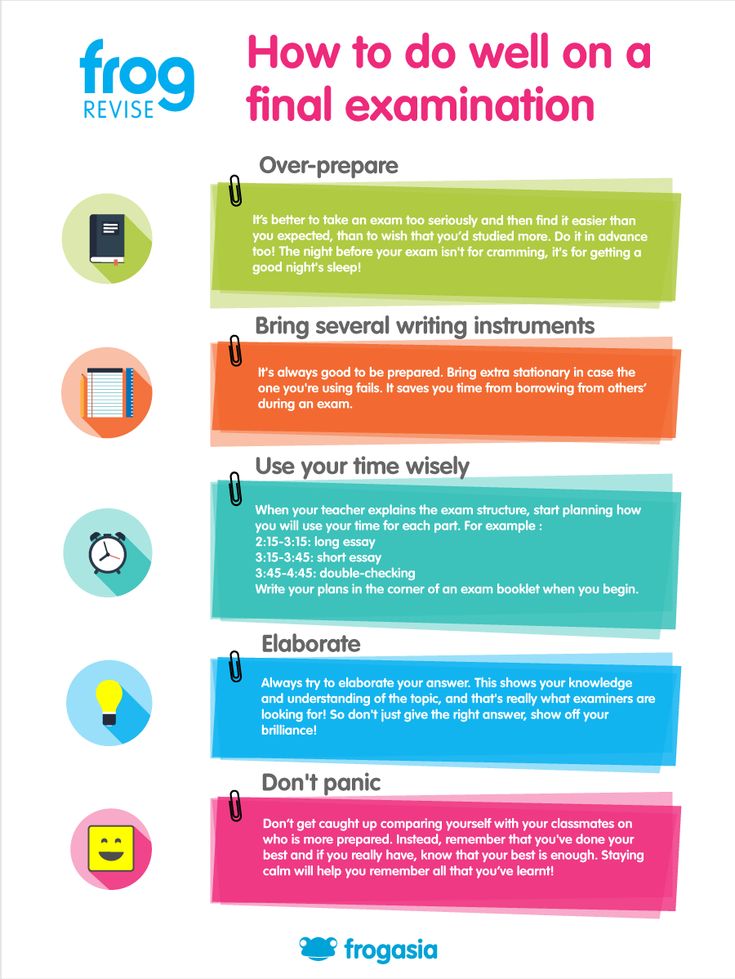 com
com
Straight Road, Platek
Low bollard lights, within one meter high, are the most common type of path lighting. In professional language they are called bollards. The track should not be lit too brightly, so low fixtures with matte light are used, where the light flux is directed downwards. They do not blind the eyes and create a comfortable atmosphere. Somewhat less often, lamps installed directly into the ground, flush with the ground, are used. In our rather harsh climatic conditions, their installation and maintenance requires additional effort. nine0003
Block luminaires from Platek, www.platek.eu
Star Trek, Axo Light
Both diffusing and focusing lamps are used to illuminate entrances and facades. Beautiful light patterns on smooth surfaces are created by devices in which LEDs are combined with lenses. Directional beams draw clear patterns on walls and facades.
Adamas luminaires by Axo Light, www.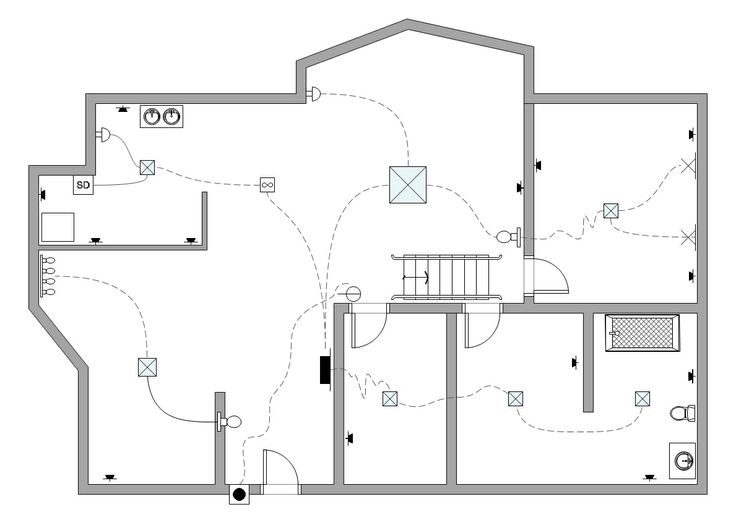 axolight.com
axolight.com
Joint project, Foscarini
The best results are obtained where the external lighting is a continuation of the architectural and interior design of the house. It becomes the logical conclusion of the entire project. It is desirable to develop a general plan for interior and exterior lighting, where the garden is an extension of the house. This approach increases the living space and creates a relaxing evening atmosphere.
Havana lamps by Foscarini, www.foscarini.com
Basseynaya street, Vondom
Happy owners of a swimming pool in the garden get even more room for decorating. The light reflected in the water is visually doubled, creating magical visual effects. Here, not only landscape lamps are perfect, but also backlit garden furniture.
Luminous pouffes Vela by Vondom, www.vondom.com
Pool party, Modo Luce
The pool is a recreational area, parties are held here, guests are received. Therefore, lighting should not only create a festive atmosphere, but also provide comfort and safety. To do this, it is customary to illuminate both the bowl of the reservoir itself and its surroundings around the perimeter. nine0003
Therefore, lighting should not only create a festive atmosphere, but also provide comfort and safety. To do this, it is customary to illuminate both the bowl of the reservoir itself and its surroundings around the perimeter. nine0003
Modo Luce Campanone ottomans, www.modoluce.com
Aphrodite's Font, Kos Zucchetti
You can also take a warm bath in the garden. It's nice to spend a romantic evening in a relaxing atmosphere, enjoying the aromas of flowering plants and admiring the heavenly bodies. The Minipool from the factory Kos (www.zucchettikos.it) is specially designed for outdoor use. It is equipped with a hydromassage and chromotherapy function. The color of the pool bowl lighting can be chosen from a variety of shades. An atmosphere of home comfort will be created by a garden lamp in the form of a giant floor lamp. nine0003
SuperArchimoon Garden Floor Lamp by Flos, www.flos.com
Cloud Atlas, VGnewtrend
The name Nuvola means "cloud". Place them in the garden and you will have the opportunity to admire the "white clouds" even at night. Swinging on thin aluminum legs, spherical shades create a uniform light flux, evenly directed in all directions. Versions with one, two or three shades are presented. Luminaire height from 212 to 376 cm.
Place them in the garden and you will have the opportunity to admire the "white clouds" even at night. Swinging on thin aluminum legs, spherical shades create a uniform light flux, evenly directed in all directions. Versions with one, two or three shades are presented. Luminaire height from 212 to 376 cm.
Nuvola Luminaires by VGnewtrend, www.vgnewtrend.it
Lunar Path, Cini & Nils, Flos
In the evening, the human eye adapts to the dark, so bright harsh light in the garden is not needed. The most comfortable for perception in the dark becomes muffled, diffused lighting. It is best that the backlight resembles soft moonlight. Light fixtures of low power will cope with this task. LED lamps are much more economical and more durable than conventional ones. nine0003
tensEsterni sfera opalescente by Cini & Nils, www.cinienils.com
Modern LED technology makes it possible to hide the light source. Such a fake lamp has an appearance that does not betray its purpose.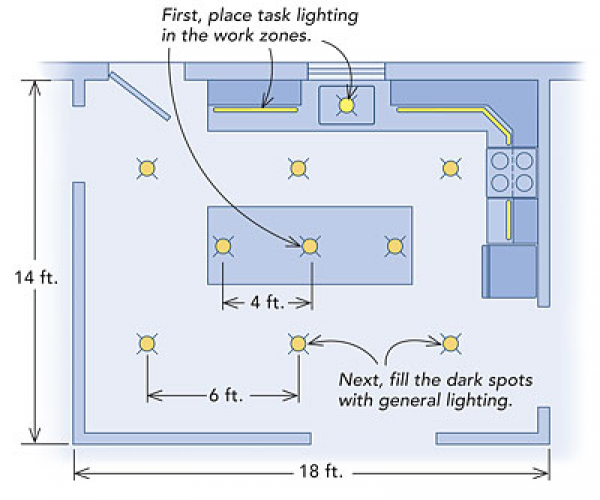 The object produces a soft diffused light similar to moonlight. It creates a magical impression of light coming from nowhere. Such lamps unobtrusively emphasize the romantic image of the garden.
The object produces a soft diffused light similar to moonlight. It creates a magical impression of light coming from nowhere. Such lamps unobtrusively emphasize the romantic image of the garden.
Ipnos lamp from Flos, www.flos.com
In focus, Vibia , Flos
One of the most effective types of garden lighting is spotlights designed for point lighting of objects. They are divided into two types - lower illumination and upper illumination. Point light directed at individual plants, bushes and trees is a great way to bring out the character and beauty of garden flora. For example, the rays coming from a light source installed right at the base of a tree advantageously illuminate its crown. If the task is to show a beautiful textured trunk, the spotlight is placed a little to the side. nine0003
Bamboo downlights by Vibia, www.vibia.com
Faretto G downlights by Flos, www.flos.com
In the footlight, Royal Botania, Santa & Cole
Directional downlights allow you to admire the beauty of plants at night and present them from an unexpected angle.